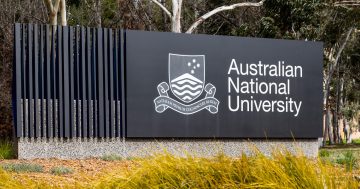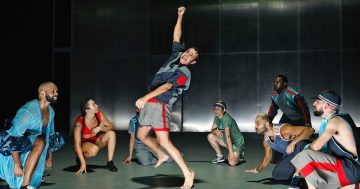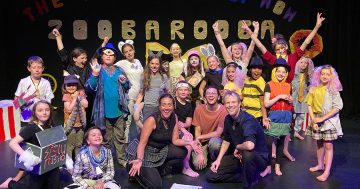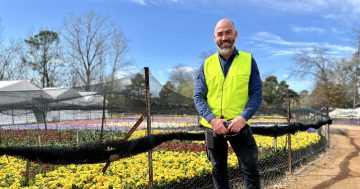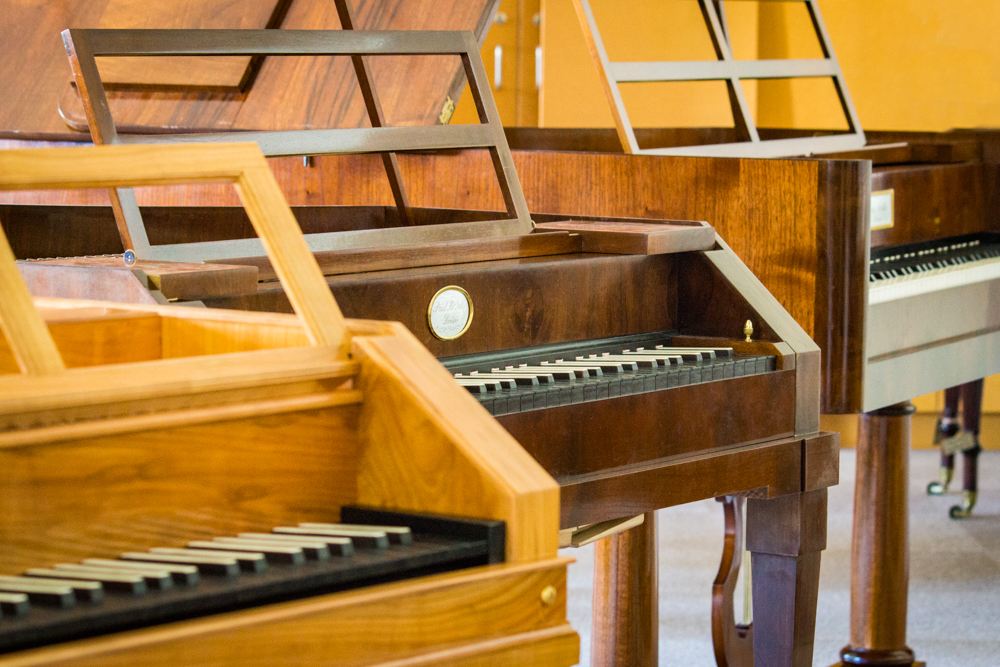
Replicas at the Keyboard Institute at the ANU School of Music revive those used by Mozart, Beethoven, Schubert and others. Photo: ANU.
You can almost see the man himself, the black locks on his head jiggling as he delicately taps out the last notes of the Moonlight Sonata. Ordinarily, it would be hard to know exactly what it sounded like to Ludwig van Beethoven in 1801, but not this time.
I’m standing in front of a faithful replica of the very piano Beethoven used as a young composer.
The circa-1796 Viennese Fortepiano is one of 40 keyboard instruments that make up the Keyboard Institute at the Australian National University (ANU), considered the largest collection in the Southern Hemisphere.
It was established in 2005 by Australian classical pianist and conductor Dr Geoffrey Lancaster. It spans more than two centuries of music trends and technology, with both authentically old and modern copies of old instruments.
Dr Scott Davie is the Lecturer in Piano and Convenor of Performance of the ANU School of Music and oversees the Institute today. He compares it to a room of computers in terms of the technology that went into each of them.
“It was a real thing in the industry to see how clever you could be and what sort of things you could actually do to create a musical instrument,” he says.

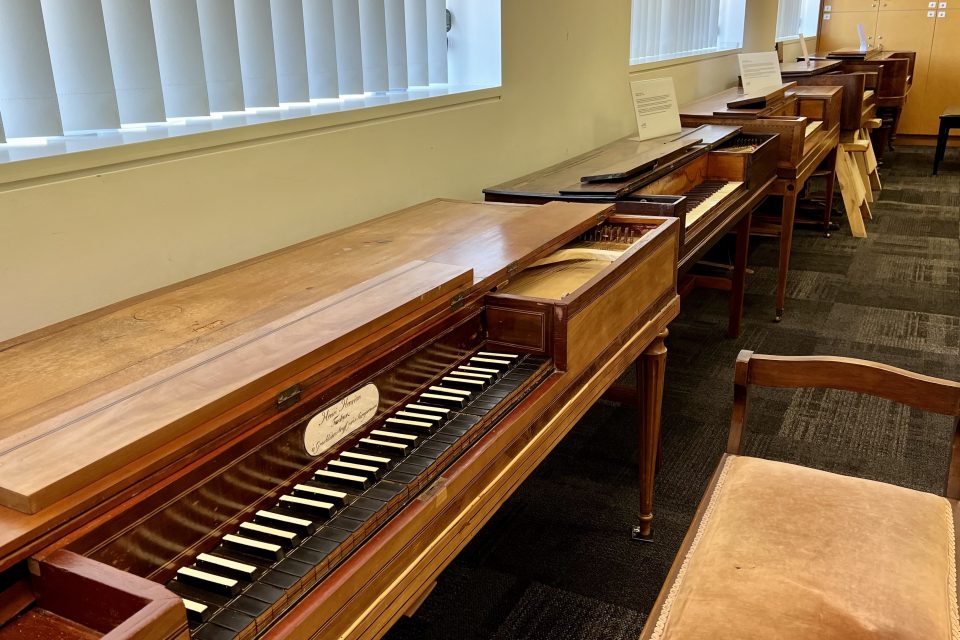
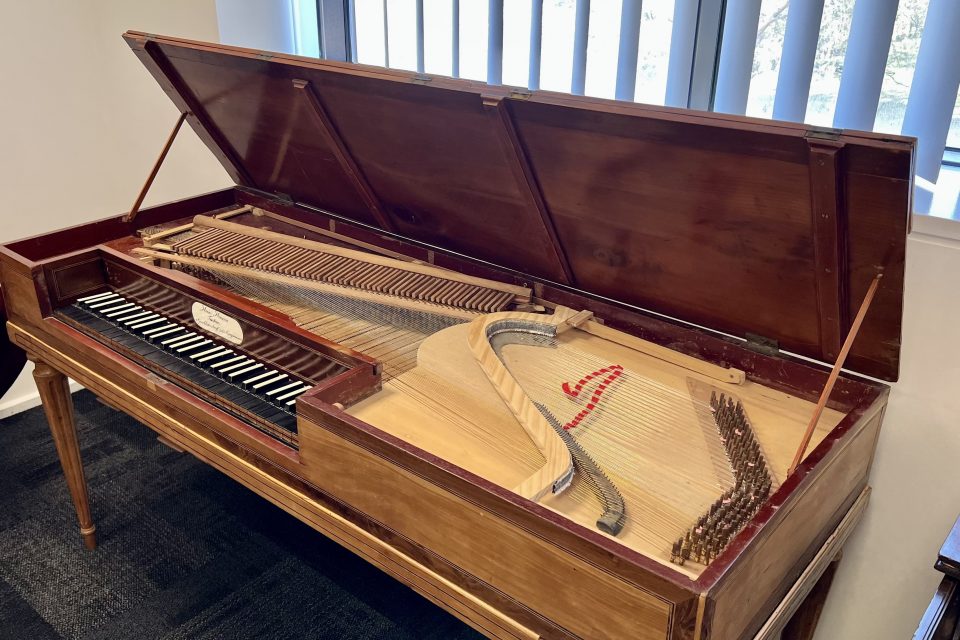
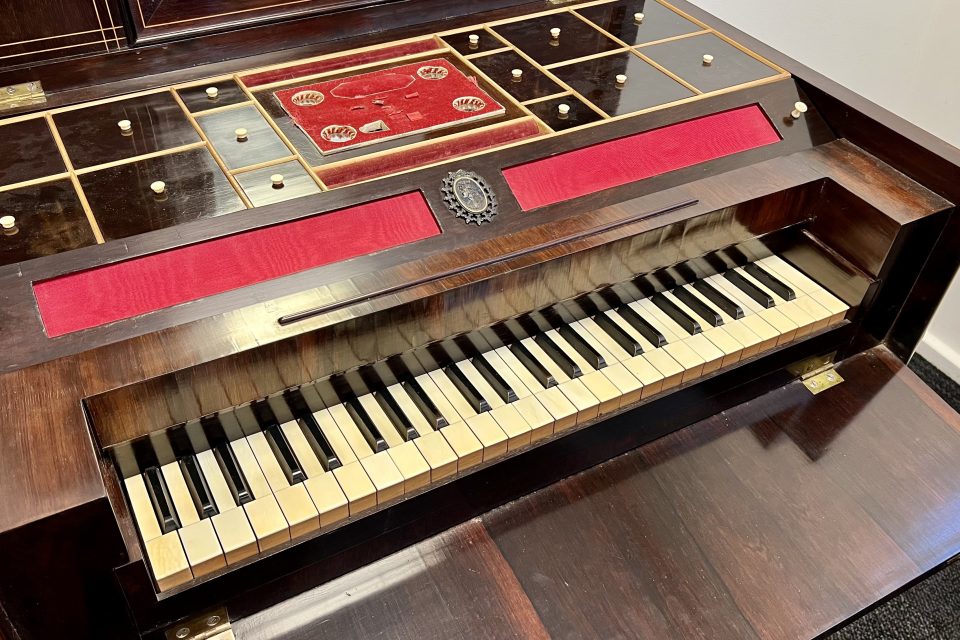
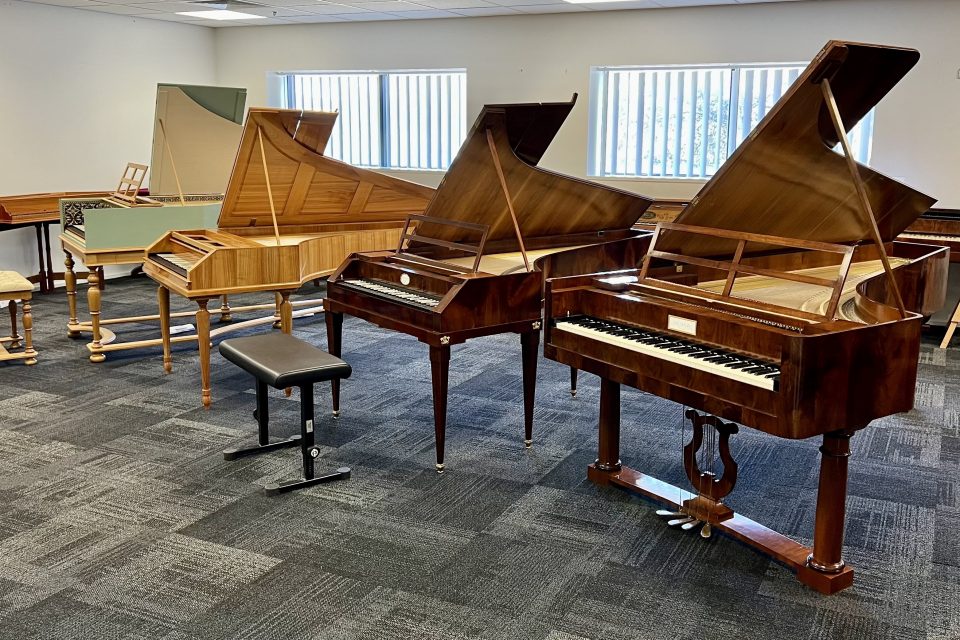
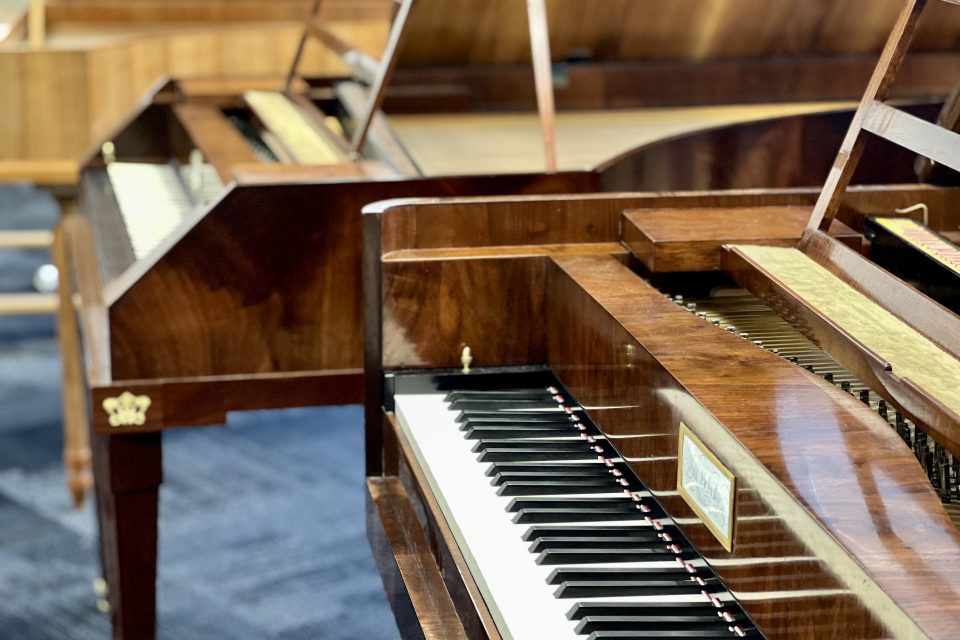
“This is the time when if you wanted music, you actually had to have a musical instrument or a musician; there was no such thing as radio or anything like that. So, musical instruments had a much more special value. They’re more than pieces of furniture.”
Many have been donated to the ANU School of Music over the years, including the oldest in the room, a pianoforte from 1770, which was found in a derelict state for sale on eBay.
“It’s had a bit of restoration, but not much,” Dr Davie says.
READ ALSO: Canberra’s round bus shelters are beloved icons, so why don’t we make them anymore?
“Older instruments are always going to be sort of problematic to a certain extent, but they are very, very interesting and there’s a lot we can learn from them.”
Newer acquisitions include a powder-blue double harpsichord, based on a 17th-century Swiss model. The soundboard, visible when the top is lifted, is decorated with hand-painted Australian native flowers and plants, including banksia, Sturt’s desert pea, wattle and the ACT floral emblem, Wahlenbergia gloriosa. There’s no shortage of genuine gold leaf either.
In the corner of the room is what appears – to all intents and purposes – to be an antique sewing table. But pulling back its decorated top and removing the pin cushion and small boxes beneath, Dr Davie reveals its secret – a four-octave keyboard.
“There’s only one copy exactly like this that we know of,” he says.
Why someone would see the need to hide a keyboard within a sewing table remains a mystery.
“I don’t know whether it’s the idea of a closet musician, or whether it was just a beautiful curiosity they knew they could make.”
A novelty maybe, but these keyboards aren’t merely here to look (and sound) pretty. The past week was Piano Week for the School of Music and several enjoyed time on the stage in the adjacent Llewellyn Hall for a series of concerts. And Dr Davies says the students all know where the Institute is if they ever want to tinkle the literal ivories.
“All of our students can come in here and play these instruments and get insight into how they would have sounded, how they would have felt and other little quirks you discover after you play them for a while,” he says.
For instance, when a student is learning about Bach, Mozart, Beethoven or Schubert, they can try their hand at any one of three modern replicas of pianos from the 18th and 19th centuries.
“Just running my fingers over them, it’s extraordinary to sort of get an idea of how they sound,” Dr Davie says.
“If you’re a big fan of a very, very full sound, sometimes the resonances when you play chords [on modern pianos] can sound quite muddy. But you can play one of these instruments and it’s like, ‘ah, okay, now that makes sense’.”
Certainly, from where I am, any other rendition of the Moonlight Sonata is now ruined.












